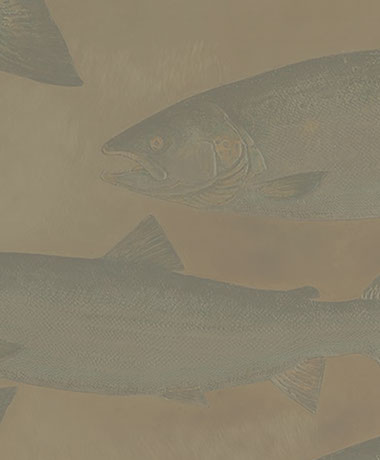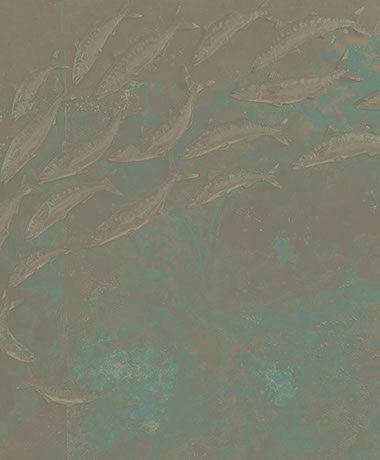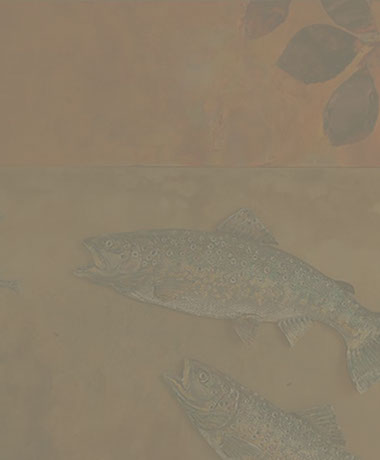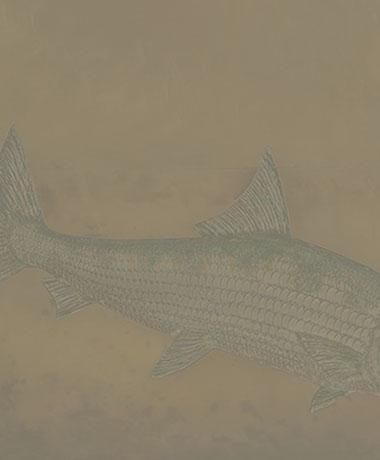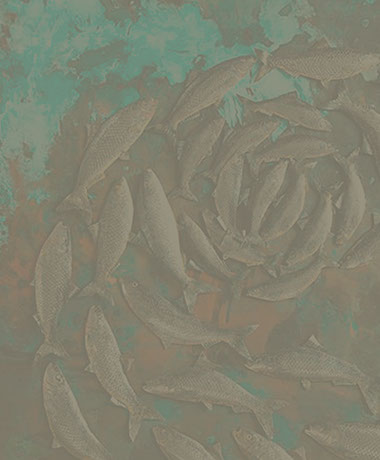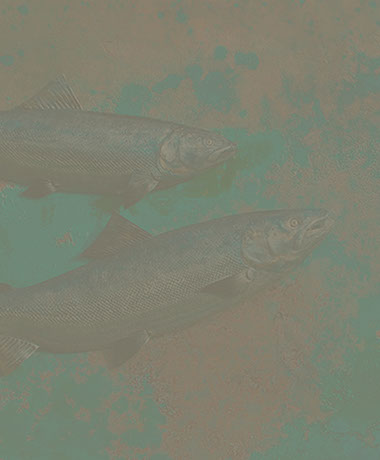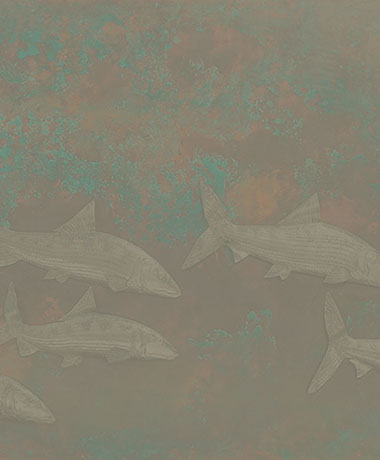SAM MACDONALD
SCULPTOR
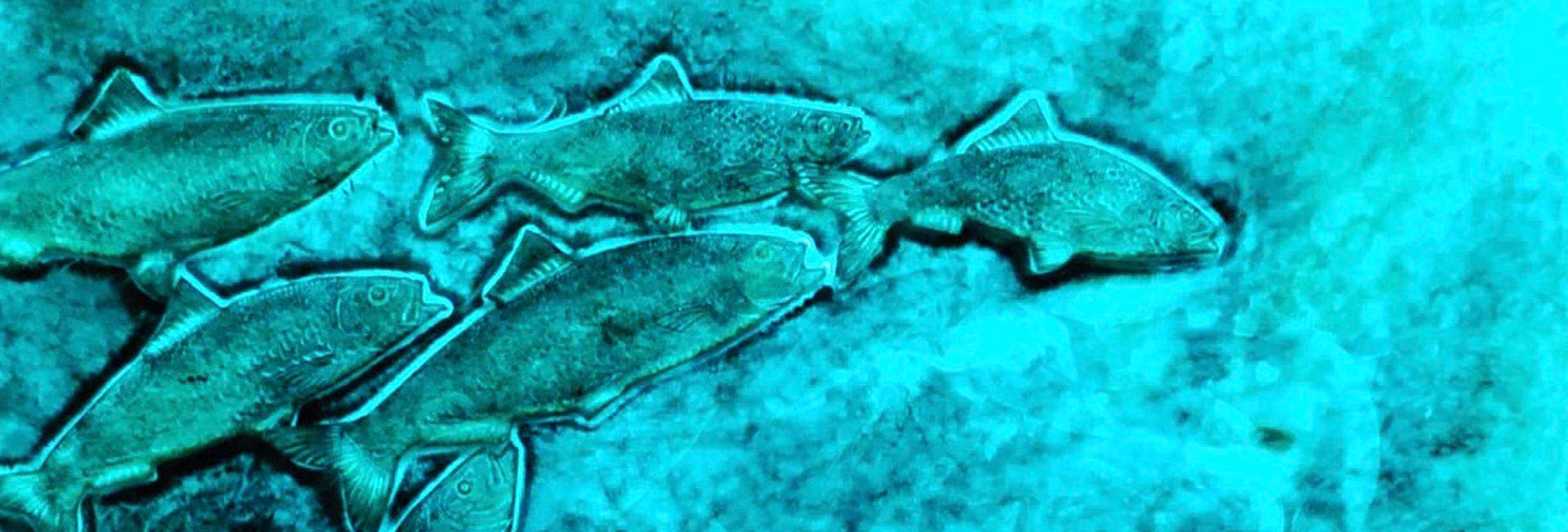
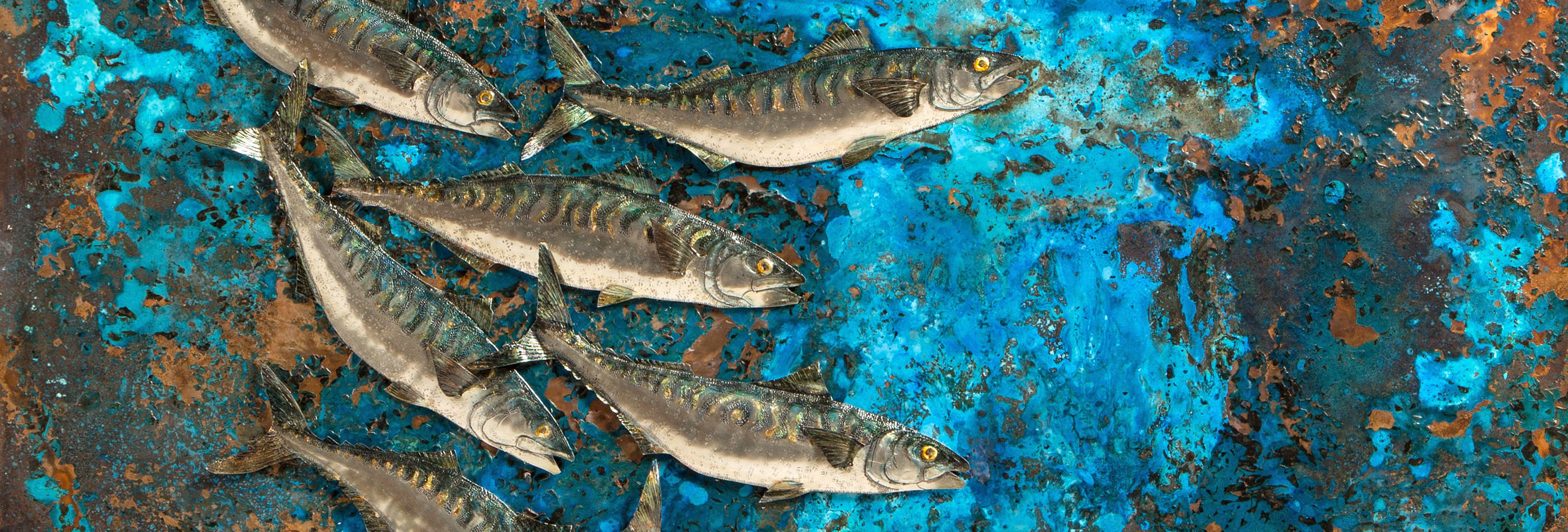
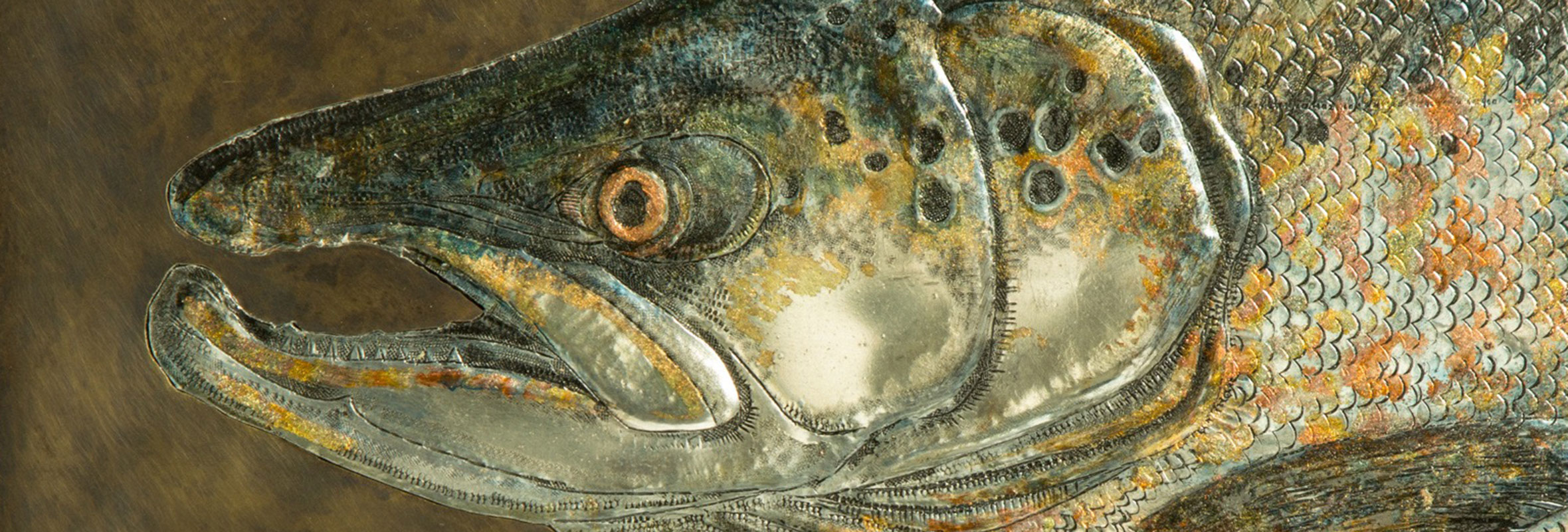
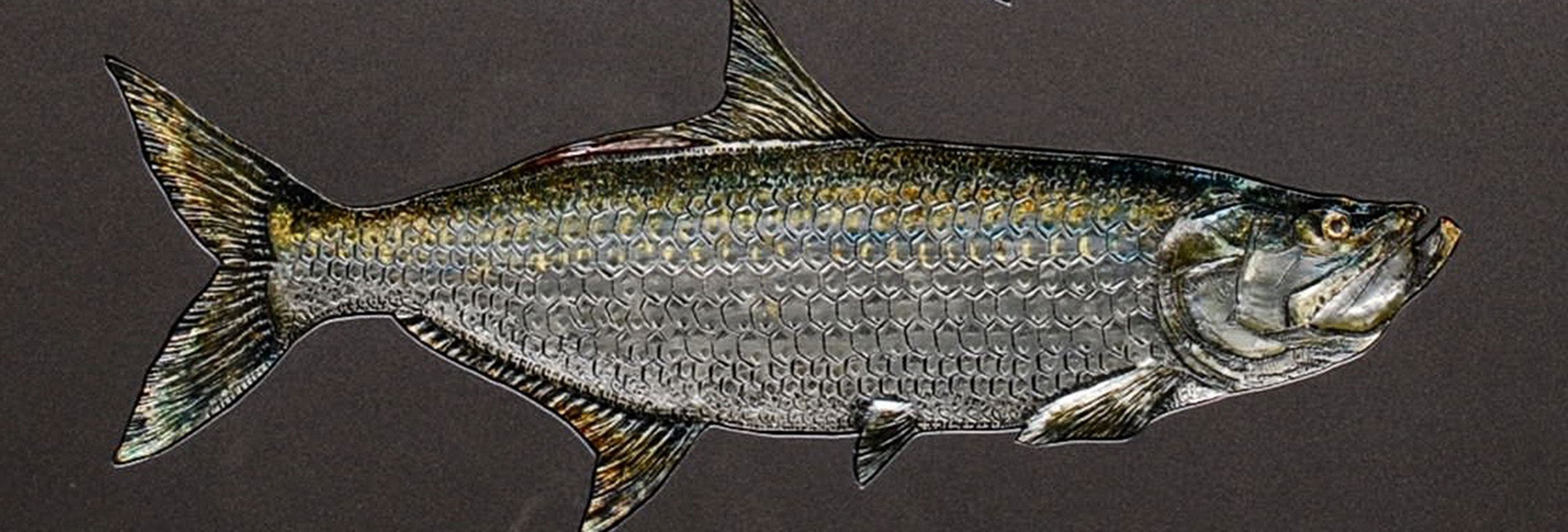
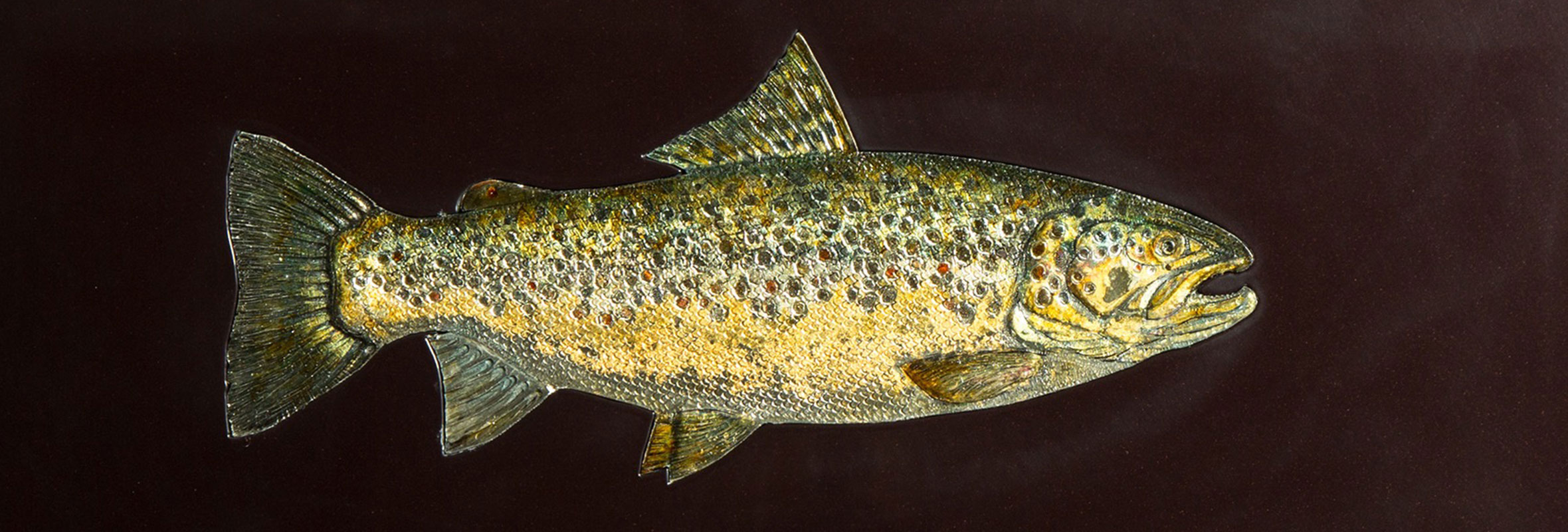
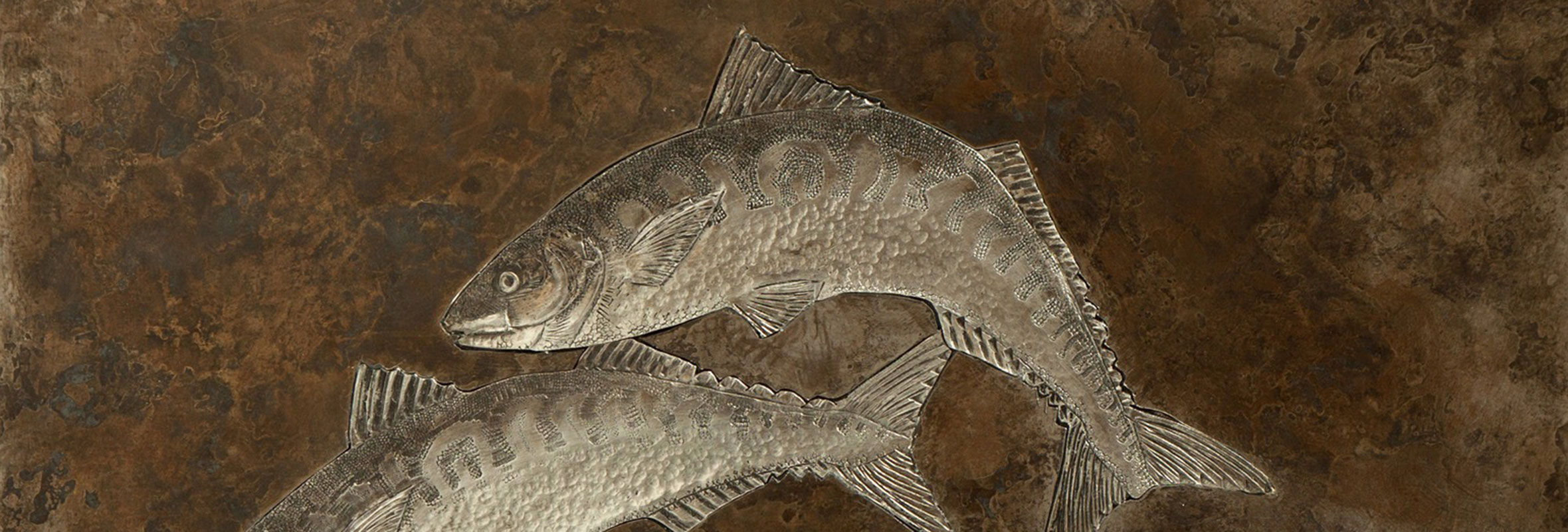
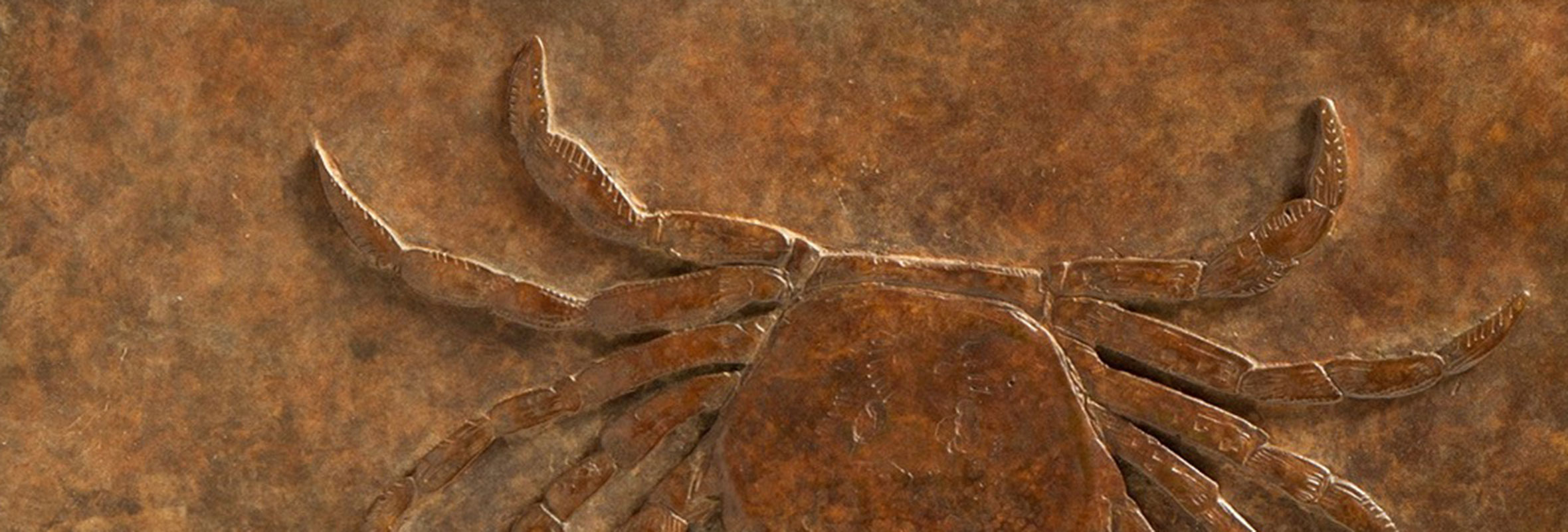
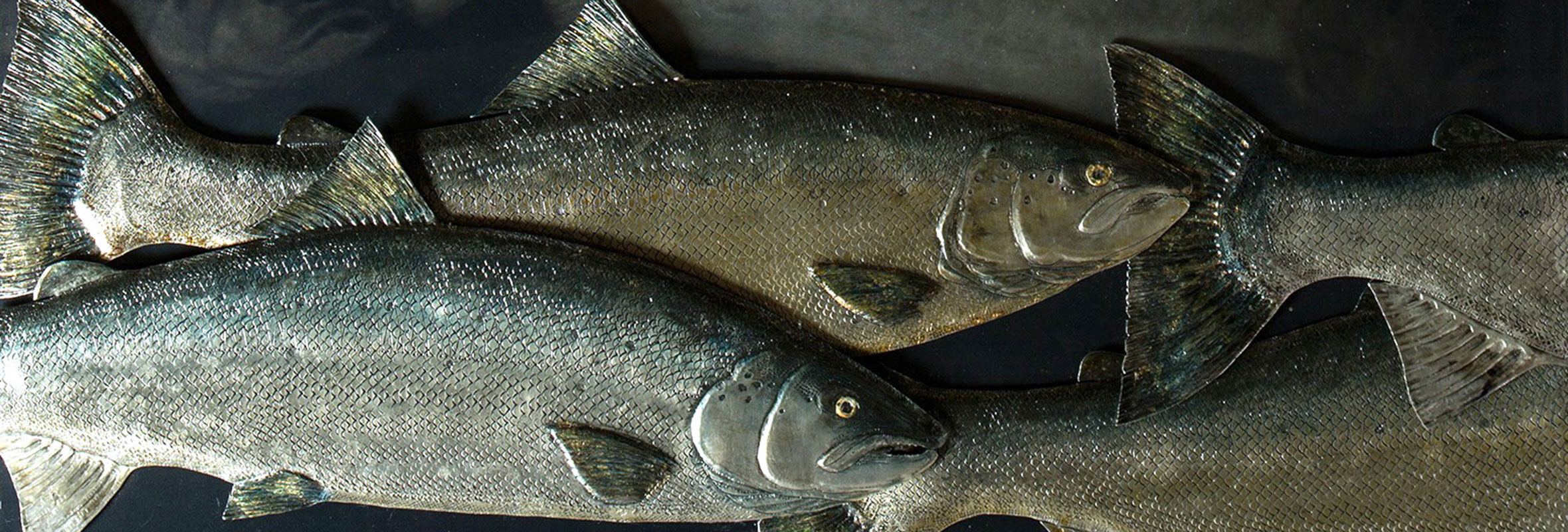
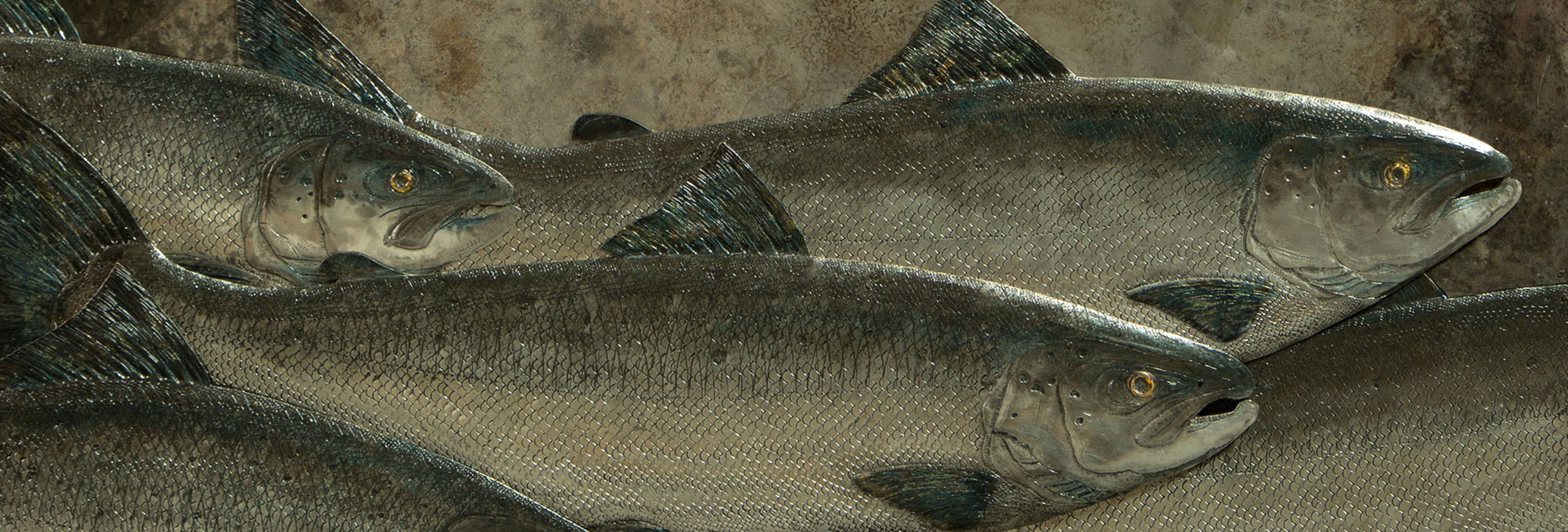
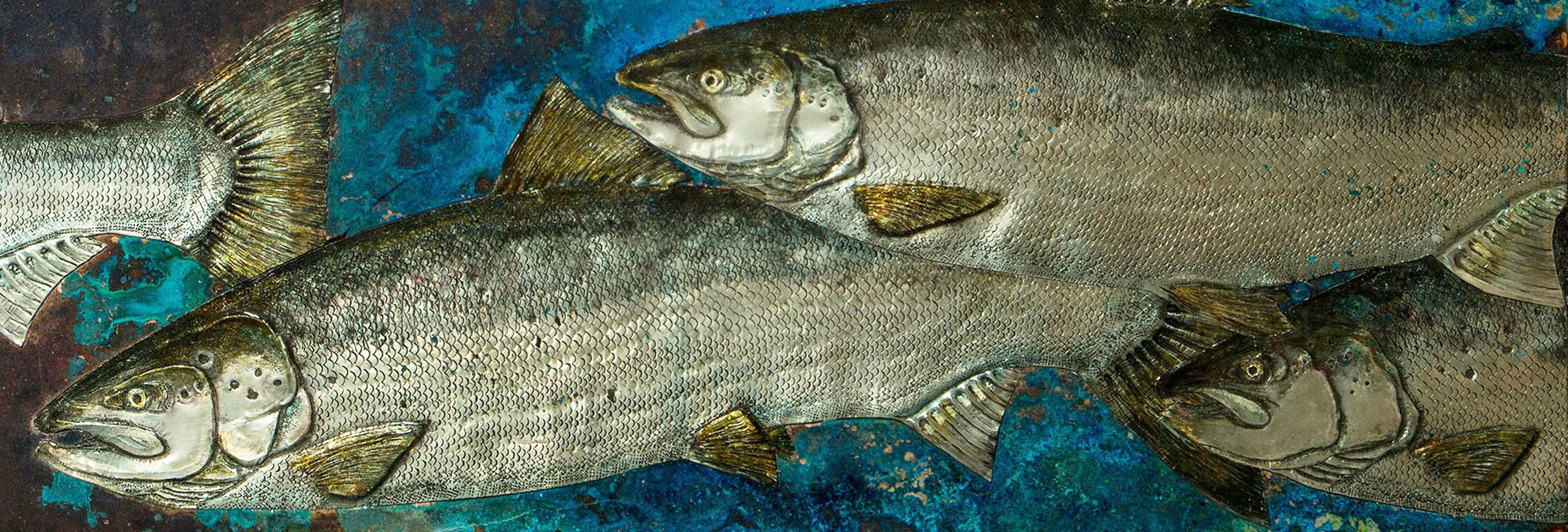
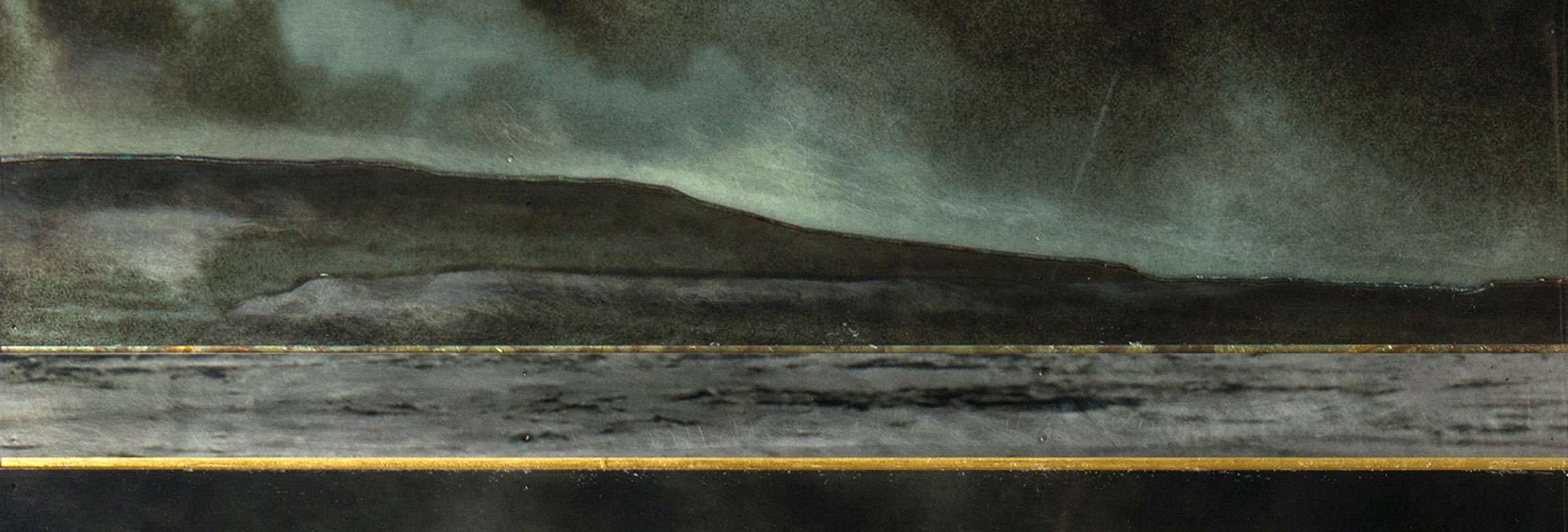
Public Commissions
Institute Of Medical Science
Aberdeen commission
bronze, 2.5 m x 3.5 m and weighs a ton
The Concept
The sculpture is a result of combining art and the science of representing. It is also about observance, mapping and describing the nature of growth.
The progress of the work was akin to plotting a journey from the abyss and the unknown up into the light, and with each breakthrough, revealing a new world. Time after time, layer by layer, like the nautilus, the work built a rhythm, flowing from the past to the present. Both medical science and the arts break into this rhythm of life through observation and recording, driven by an inherent curiosity and thirst for knowledge, and understanding. We build a structure of “knowing” that is propelled forward (and back), like the nautiloid spiral – its chambers fused sealed but inextricably linked – form, in our mind, an idea of time, however incomplete. Thus, our work is done.
Each growth phase of nautilus pompilius is characterised by successive chambers known technically as septa, the complete shell being mostly typically spiral in shape.
This form mirrors closely the proportioning of the Golden Section, a harmonious man-made measuring tool with its unique capacity to unite different parts of a whole. (Similarly, in the specialist Departments of IMS). Each compartment retains its own integrity yet, co-joined fulfils a greater pattern and rhythm.
The sculpture denotes a calculated “industrial” mapping of the Golden Section and of one of natures wonders. The relief-cast in bronze (that most classical of sculptural mediums), bronze plate, riveted, and patinateed, waxed and polished, contrasts starly perhapswith the scaled-up cast of the outer nautilus shell. One is forced to consider a nature in overdrive. However , the sculpture's simplicity too evokes contemplation.
Institute Of Medical Science
Aberdeen commission
bronze, 2.5 m x 3.5 m and weighs a ton
The Concept
The sculpture is a result of combining art and the science of representing. It is also about observance, mapping and describing the nature of growth.
The progress of the work was akin to plotting a journey from the abyss and the unknown up into the light, and with each breakthrough, revealing a new world. Time after time, layer by layer, like the nautilus, the work built a rhythm, flowing from the past to the present. Both medical science and the arts break into this rhythm of life through observation and recording, driven by an inherent curiosity and thirst for knowledge, and understanding. We build a structure of “knowing” that is propelled forward (and back), like the nautiloid spiral – its chambers fused sealed but inextricably linked – form, in our mind, an idea of time, however incomplete. Thus, our work is done.
Each growth phase of nautilus pompilius is characterised by successive chambers known technically as septa, the complete shell being mostly typically spiral in shape.
This form mirrors closely the proportioning of the Golden Section, a harmonious man-made measuring tool with its unique capacity to unite different parts of a whole. (Similarly, in the specialist Departments of IMS). Each compartment retains its own integrity yet, co-joined fulfils a greater pattern and rhythm.
The sculpture denotes a calculated “industrial” mapping of the Golden Section and of one of natures wonders. The relief-cast in bronze (that most classical of sculptural mediums), bronze plate, riveted, and patinateed, waxed and polished, contrasts starly perhapswith the scaled-up cast of the outer nautilus shell. One is forced to consider a nature in overdrive. However , the sculpture's simplicity too evokes contemplation.
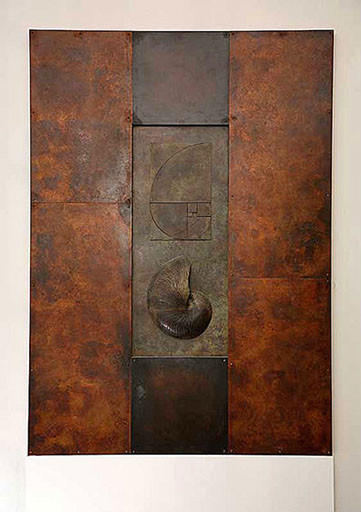
The Constant Moment
In 2001 I was commissioned by the Stromness Pier Arts Centre to make a large scale public sculpture as part of The Constant Moment, a visual art project celebrating the New Millennium. The work, Plough, (illustrated left) made of salvaged ploughshares is sited outside the Orkney Auction Mart. This reuse of timeworn ploughs provides a poignant and pertinent celebration of the fragile cycles of agriculture.
"The Plough"
The Concept
"Orkney provides a rich diversity of natural enviroments. Constant human reliance and interaction with these resources have left a significant trail of markers and monuments"
2000 years ago the point of the plough was flattened into a blade and called a share. This was the making of a form that has changed little in 2000 years. The invention of the plough is deemed as important in human history as the invention of the wheel.
Orkney's green, cultivated landscape was shaped and born out of continual use of the plough. This millennium has brought a particular threat to the way of life for Orkney's long established farms. Hopefully this piece of sculpture will not be a memorial but rather a monument celebrating the continued survival of Orkney's ancient heritage.
When younger I was always in awe of the black line that was drawn repeatedly into the land to form a rhythmical mathematical pattern. I enjoyed watching the point at which the blade cuts and lifts. All the contrasts appealed to the destructive and creative feelings in me. The gash in the green revealing the black earth, the driver moving forward and yet looking back, destroying old plants in order to create new. Just as now we should be moving forward into the new millennium but looking back and learning from the past.
The rich diversity of the natural environment has been shaped by the forces of nature and man's impact on the land through the use of tools. I have therefore chosen the plough to represent human reliance and interaction.
The Site
The mart is the hub of Orkneys agricultural world. Beasts are bought and sold as young and can be bought and sold for slaughter, so completing the circle of their lives.
The site is on the main Kirkwall Stromness road and one of the first views of Kirkwall coming from the ferry as well as looking out to the Northern Isles. It links the East farmers to the West.
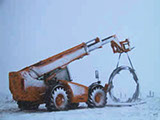
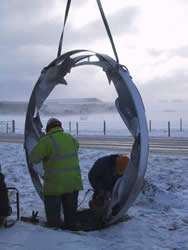
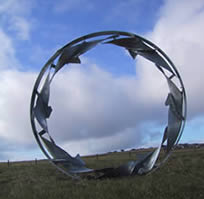
SAM MACDONALD
SCULPTOR
© Sam MacDonald 2016
All images on this site are protected by International Copyright Law
